Preparation Of The Donor Area
The donor area (back of the head in the area between both ears) needs to be shaved to a length of .05 on a shaver. We typically get our patients a professional “fade” haircut so that we can get the necessary grafts while still making sure that our patients look great. Local anaesthesia and a mixture of specific medications and painkillers are used for the duration of this procedure and are administered at the beginning of the day as well as throughout the day as needed.
Harvesting
Once the donor area has been properly shaved and frozen and the medications have kicked in, we use the NeoGraft FUE system to harvest the necessary grafts that will be used later on to transplant in the areas that are in need. Grafts will be harvested with single, double, and multiple (3 to 6) hair shafts in them. It is very important that when the grafts are being harvested, the hand piece remains parallel to the direction that the hair is growing so that the grafts are not transected. The hairs located in the lower part of the occipital area (base of the skull) are finer and mostly singles. These are the hairs that are typically used to design a new hairline.
Graft Preparation
The harvested donor grafts are immediately immersed in a special solution and kept chilled. This is done by keeping the tray containing the grafts on ice. It is very important to properly hydrate the donor grafts throughout the surgery, as hydration maintains the survival rate of each graft. A microscopic lens with great illumination is essential during the counting of the grafts. The grafts are carefully inspected and prepared for insertion during this phase.
Preparation Of The Recipient Area
A supratrochlear and supraorbital nerve block followed by a ring block in the frontal area beyond the zone of transplanted hairs are used for anaesthesia and are injected by Dr. Torgerson and/or the nurse.
Sites are made for the expected hair grafts. While making these sites in the recipient area, it is very important to follow the direction of the existing hair in that area. The hairline should have an irregular pattern or a ragged, saw-toothed natural look.
Graft Insertion
The grafts are placed into the recipient sites by our specialized team of nurses using fine-angled forceps. A steady pressure is used to make sure that the grafts are flush with the surrounding skin. Grafts will be more likely to “pop out” or become ingrown if not placed at the proper depth of the dermal layers. To make the procedure faster and more efficient, 2 or even 3 nurses will insert grafts at the same time. Grafting sessions alone can last anywhere from 5 to 7 hours.





